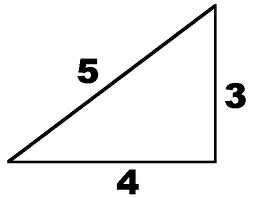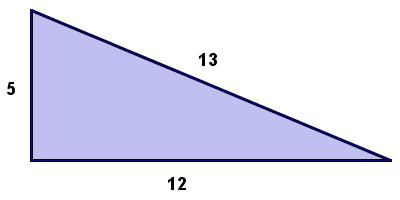SAT Math Formulas
1/21
There's no tags or description
Looks like no tags are added yet.
Name | Mastery | Learn | Test | Matching | Spaced |
|---|
No study sessions yet.
22 Terms
Vertex Form of a Parabola/Quadratic
y=a(x-h)²+k
where (h,k) are the coordinates for the vertex
Distance Formula
d=√(x2-x1)²+(y2-y1)²
Quadratic Formula
(-b±√b²-4ac)/2a

Exponent Rule (Multiplication)
a³a²=a⁵
Exponent Rule (Division)
a⁴/a¹=a³
Exponent Rule (Power Raised to a Power)
(a²)³=a⁶
Binomial Product 1—Difference of Squares
(x-y)(x+y)=x²-y²
Binomial Product 2—Perfect Squares Trinomial (Positive)
(x+y)²=x²+2xy+y²
Binomial Product 2—Perfect Squares Trinomial (Negative)
(x-y)²=x²-2xy+y²
Complex Conjugate
(a+bi)(a-bi)=a²+b²
Exponential Growth and Decay
y=a(1±r)ⁿ
Simple interest
A=Prt
P=principal amount, r=interest date as a decimal, t=time
Compound interest
A=P(1+ r/n)^nt
How to calculate standard deviation
Step 1: Find the mean.
Step 2: Subtract the mean from each score.
Step 3: Square each deviation.
Step 4: Add the squared deviations.
Step 5: Divide the sum by one less than the number of data points.
Step 6: Take the square root of the result from Step 5.
Degrees to Radians
π/180
Radians to degrees
180/π
3-4-5 triangle
is a right triangle with side lengths in a ratio of 3:4:5

5-12-13 triangle
is a right triangle with side lengths of 5, 12, and 13 feet

Arc Length
s=r∅
Area of a sector
A=(∅/360)×πr² or A=(1/2)∅r²
Area of an Equilateral Triangle
A=(√3/4)s²
Midpoint formula
((x1+x2)/2, (y1+y2)/2)
